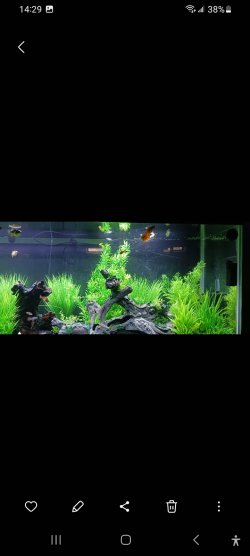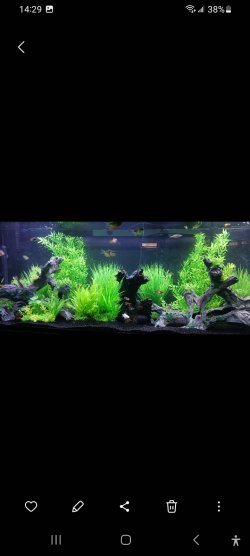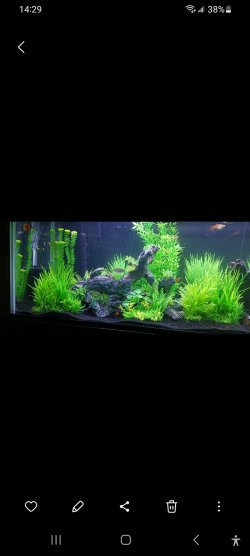Tyler777
Fishaholic
I just tested the water in my recently cycled tank n this is what I got
Ammonia................ between 0 and 0.25 ( hard to see which one is
Nitrate .................... between 10 n 20
Nitrites ................... 0
Ph ........................... 7.6
Here I'm confused
Kh .......................... 12 drops until changed color
Gh .......................... 9 drops until color changed
Are these parameters good to add more fish in the tank ?
Ammonia................ between 0 and 0.25 ( hard to see which one is
Nitrate .................... between 10 n 20
Nitrites ................... 0
Ph ........................... 7.6
Here I'm confused
Kh .......................... 12 drops until changed color
Gh .......................... 9 drops until color changed
Are these parameters good to add more fish in the tank ?



